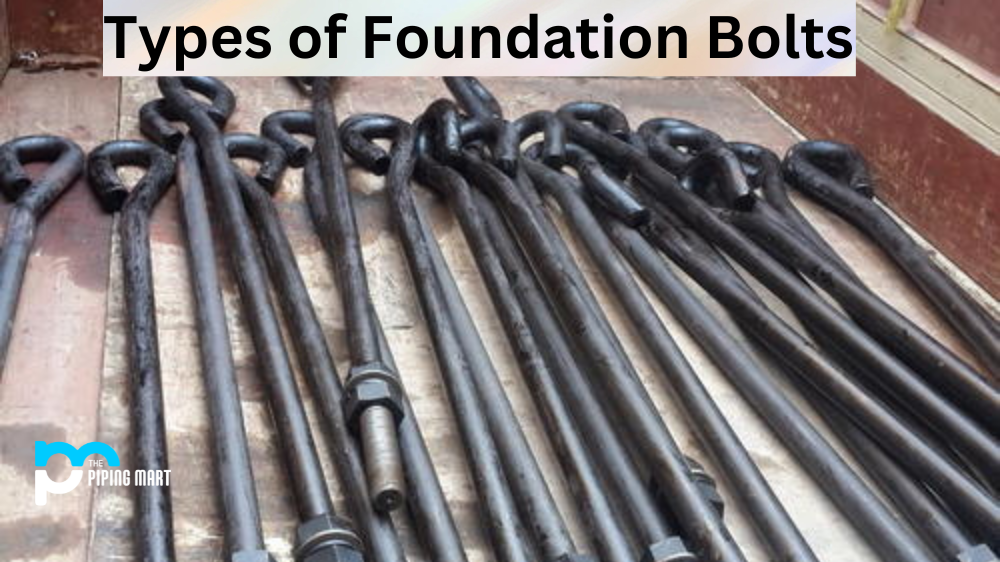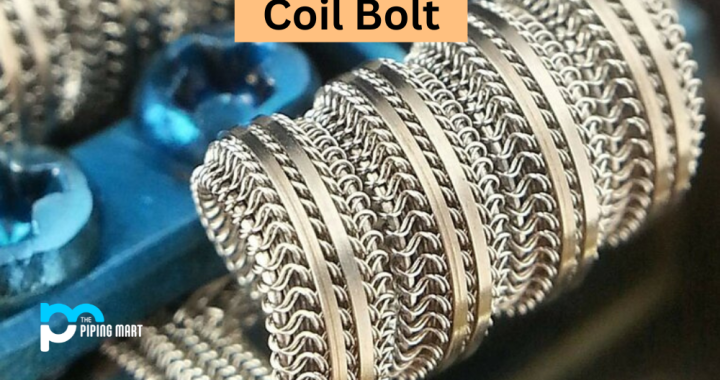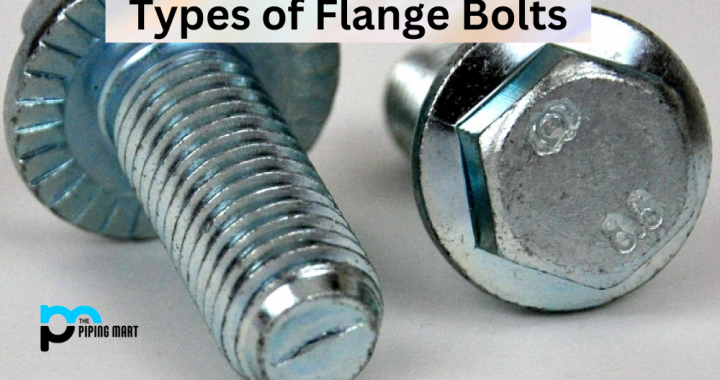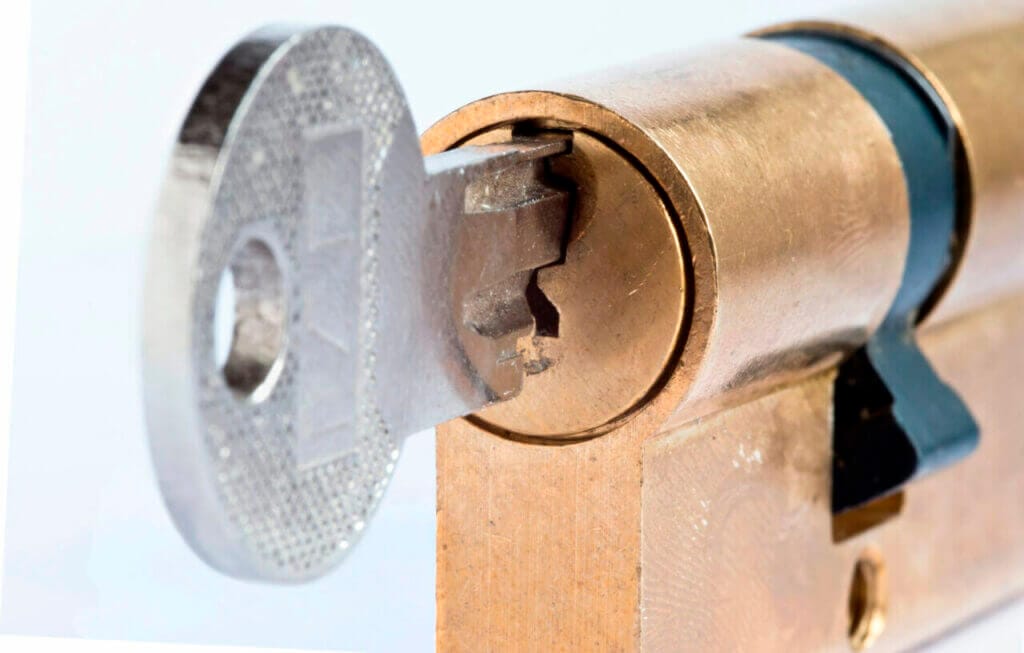Screed is an invaluable component in the construction industry, playing a critical role in achieving smooth and level surfaces for various structures. Whether you’re working on a residential project or a large-scale commercial development, comprehending the importance and applications of screed is essential. This article delves into the world of screed, exploring its uses, and benefits, and even delving into the innovative application of geonet technology in the field.
What exactly is screed, and why is it important in construction?
Screed is a mixture of cement, sand, and water that is applied to a concrete floor to create a level and smooth surface. It serves as a crucial layer that enhances the durability and strength of the flooring system. Screed is essential in construction to ensure that the final flooring is even, providing a solid foundation for various finishes such as tiles, wood, or carpet.

What are the different types of screed available in the market?
The market offers several types of screed, each tailored to specific construction needs. Traditional sand and cement screed is a common choice, known for its versatility and cost-effectiveness. Additionally, a self-leveling screed is popular for its ability to provide a perfectly level surface with minimal effort. Other variations include polymer-modified screed, fast-drying screed, and fiber-reinforced screed, each offering unique advantages depending on the project requirements.
How does screed contribute to the overall quality of a construction project?
Screed acts as a leveling and protective layer for the underlying structure, preventing cracks and uneven surfaces. It enhances the load-bearing capacity of the floor, making it suitable for heavy equipment and foot traffic. Additionally, the screed provides a smooth and stable base for various flooring materials, ensuring a polished and professional finish.
Can you elaborate on the role of geonet technology in screed applications?
Geonet technology represents a revolutionary addition to the field of screed applications. Geonets are geosynthetic materials with an open-grid design, enhancing the stability and performance of the screed layer. By incorporating geonets into screed formulations, construction professionals can achieve improved tensile strength, reduced shrinkage, and enhanced crack resistance. This innovative approach not only elevates the quality of the screed but also contributes to the overall longevity and durability of the construction project.
In conclusion, the screed is a fundamental element in construction, serving as the backbone for a variety of structures. Whether it’s creating a flawless flooring surface or ensuring the durability of roadways, the applications of screed are diverse and essential. With the integration of innovative technologies like geonet, the construction industry continues to evolve, offering improved solutions for achieving superior results in building projects.


